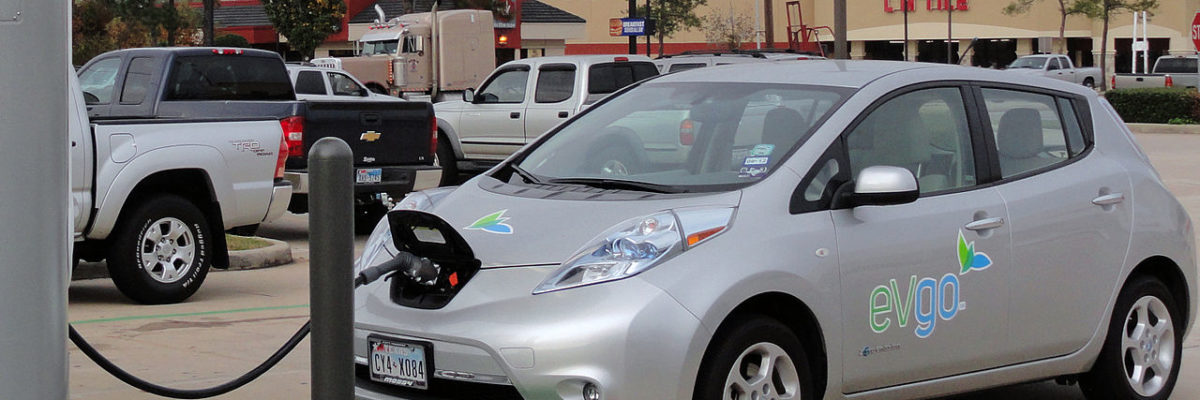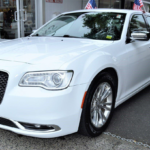by Christopher Boyle
LONG ISLAND, NY – For a number of years, electric vehicle options were small, with the main choices being offered by Tesla and Chevrolet. But in recent years the market – boosted by a big increase in interest, has grown by leaps and bounds, offering more options and lower prices, and environmental advocates, not to mention people looking to cut costs, are sitting up and taking notice with their wallets. EV vehicles are for the environmentally-conscious consumer – meaning a vehicle powered solely by a rechargeable electric battery with only a small gas tank serving as a back-up.
Currently, there are 13 EV models from which to choose (with more on the way), listed as follows (with range-per-charge in parenthesis):
- BMW i3 (114 miles)
- Chevy Bolt (238 miles)
- Fiat 500e (84 miles)
- Ford Focus Electric (115 miles)
- Hyundai Ioniq (110 miles)
- Kia Soul EV (93 miles)
- Mercedes B250e (84 miles)
- Mitsubishi iMiEV (62 miles)
- Nissan Leaf (107 miles)
- Smart (68 miles)
- Volkswagen e-Golf (83 miles)
- Tesla: Model S (210-315 miles)
- Tesla Model X (237-289 miles)
In addition, Green Car Reports notes that six new EV models are slated to be added to that list throughout 2018 and 2019, including several luxury models (the Audi e-tron, slated to have a range of 250 miles, and the Jaguar I-Pace, clocking in at 220 miles), but one EV that’s raising eyebrows is the upcoming 2018 Nissan Leaf (range: 200+ miles), of which an older version was the highest selling VE ever. Nissan is anticipated to reveal the new Leaf at some point in September of 2017, according to reports.
While the range, efficiency, and reliability of EVs are steadily increasing and prices are coming down, making them increasingly affordable to the average Joe, there are a few drawbacks that are still hampering the mass integration of EVs into society, thus signaling the eventual death knell of the nasty, dirty, environmentally-unsound internal combustion engine; mainly, range limitations, which while greatly improved are still a stumbling block, and the lack of roadside charging stations, which are obviously not nearly as plentiful as your typical gas station.
Prices continue to come down, however, and with decreased prices come greater mass-market acceptance and, thus, more buyers. Mercedes, BMW, VW and Audi all have electric SUVs in the works, which remain a very popular model of vehicle for families of all types and sizes; the Jaguar I-Pace, mentioned above, is an SUV that is slated to hit the market for approximately $50,000, and the upcoming Mercedes EQ is a $39,000 SUV with a range of 310 miles on a single charge. In addition, Hyundai has an SUV on the way that is due for release in 2018 that reportedly has a range of 242 miles on a single charge, and while the final price point is not nailed down yet, it’s rumored that it will come in as one of the cheapest electric SUVs to hit the market yet.
Another way of making EVs more attractive to the average consumer are government rebates; some state and even local lawmakers are allocating portions of their budgets to programs that repay consumers for investing in EVs, with California – ever a bastion of environmental causes and “green” sensibilities – at the forefront of this movement.
“Over seven years, the state of California has spent $449 million on consumer rebates to boost sales of zero-emission vehicles. The California Legislature is pushing forward a bill that would double down on the rebate program. Sextuple down, in fact,” according to the LA Times. “If $449 million can’t do it, the thinking goes, maybe $3 billion will. That’s the essence of the plan that could lift state rebates from $2,500 to $10,000 or more for a compact electric car, making, for example, a Chevrolet Bolt EV electric car cost the same as a gasoline-driven Honda Civic.”
California aims to cut greenhouse gas emissions by 2030 to a level 40% below what they were in 1990, while also reducing other air pollutants. A dramatic boost in subsidies would help the state’s lofty goal of 1.5 million EVs on California highways by 2025 – and 4 million by 2030 – a realistic endeavor, and one that would contribute to the well-being of every man, woman, child on the planet. So, if you’re in the market for a new set of wheels and the idea of an EV intrigues you, try doing some research on them and see if the technology and price point have evolved enough to your liking. Purchasing one will not only help you, but the Earth as well.
Featured image: The Nissan Leaf is world’s top selling highway-capable all-electric car, with more than 250,000 units delivered globally through December 2016. Nissan_LEAF_got_thirsty.jpg: evgonetwork (eVgo Network). Creative Commons 2.0 Attribution. Story by Christopher Boyle.




